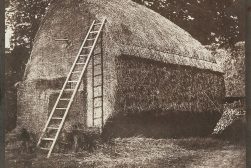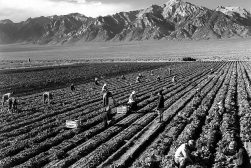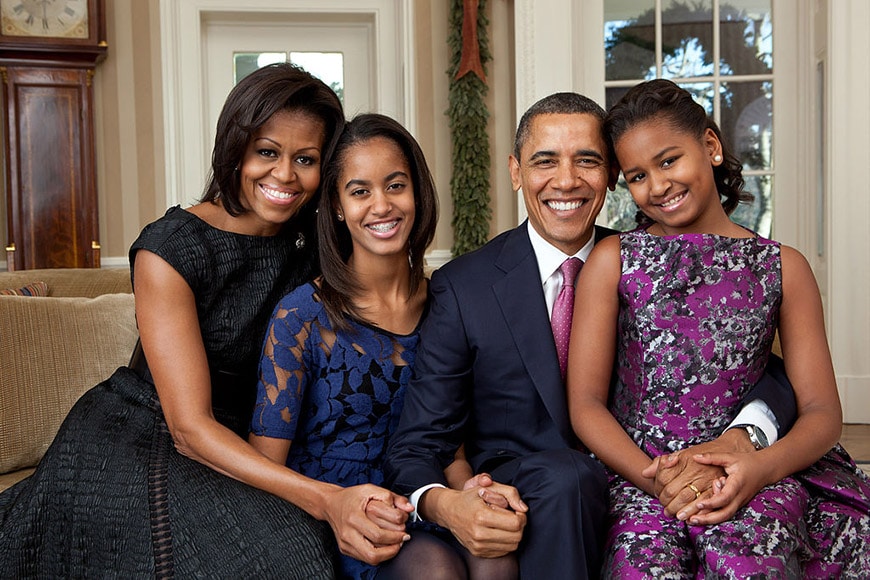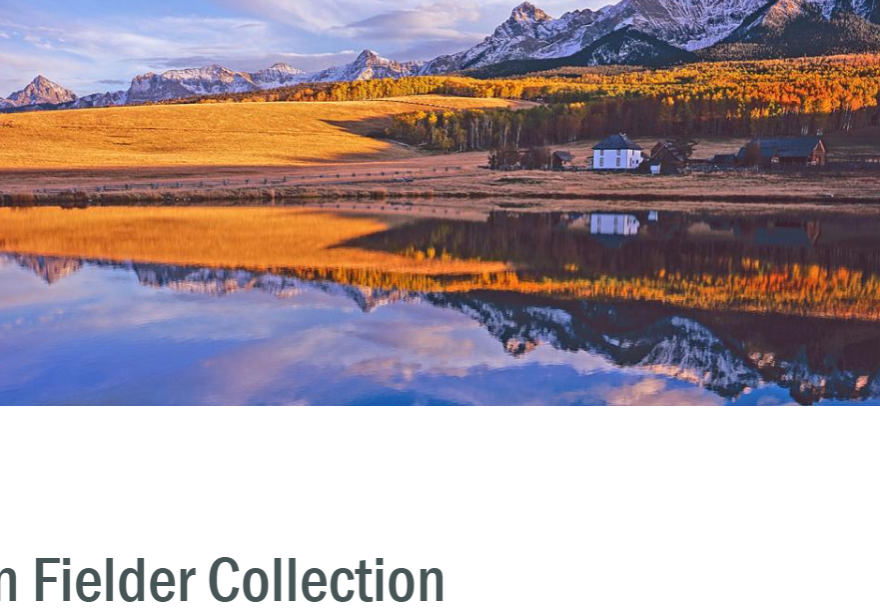
Celebrated photographer donates his work to public domain, how you can too
News | By Stephan Jukic | February 11, 2023
Recently, the renowned nature photographer John Fielder donated almost the entire body of his life’s work to the public domain. Here’s how and how you can do something similar as a photographer.
In Fielder’s case, the landscape and nature photographer entrusted an organization known as History Colorado, the official State Historical and Natural History Society of Colorado, with over 5000 of his photographs of state landscapes.
The 72-year-old Fielder, who is considered “Colorado’s most famous nature photographer”, has been photographing the state’s spectacular natural scenery since the early 1970s, often for commercial purposes.
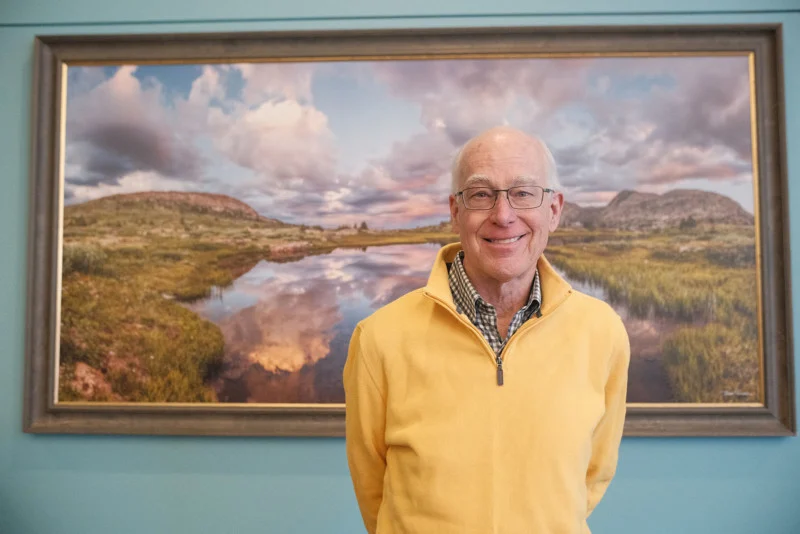
Now, with this decision, he’s essentially eliminated his own personal rights to his donated images by making them part of the public heritage.
According to the man himself, “You know, I never felt as if I owned these photos that I’ve made and now donated to History Colorado,”
He also added that “I’m just very excited that it can be the repository for this not only physical, in the way of my photographic contribution, but an emotional contribution of someone who was blessed to know that he belonged in Colorado from an early age.”
His decades’ worth of photos captures numerous of the state’s most famous and awe-inspiring natural landmarks and regions, painstakingly captured across a 50-year career.
Regardless of what Fielder says about feeling like he never quite deserved to own his work, the photographer made a point of traveling to each and every one of Colorado’s 104,984 square miles to capture compositions.
This effort took decades, but it has also been rewarded by having his work featured in dozens of books, magazines, awards and state publicity materials.
His works have even influenced the passage of state environmental protection laws, which themselves influenced environmental protection laws in other states.
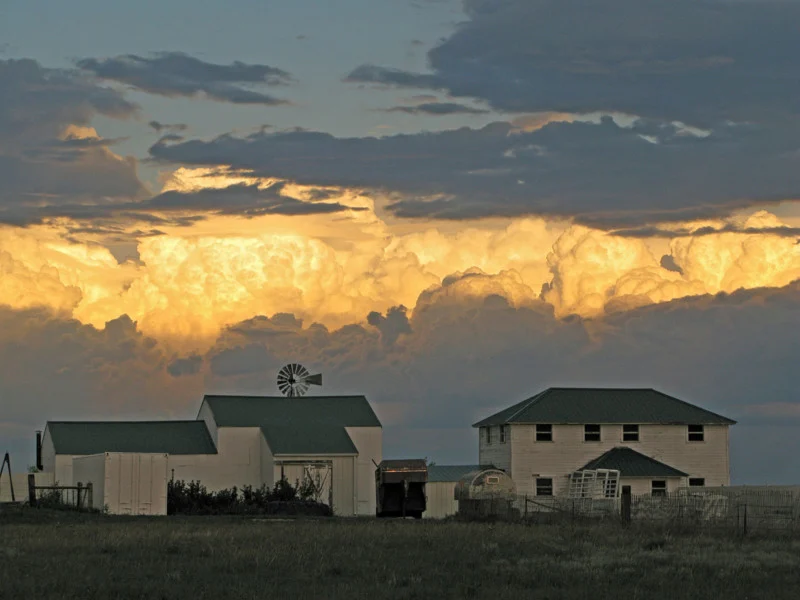
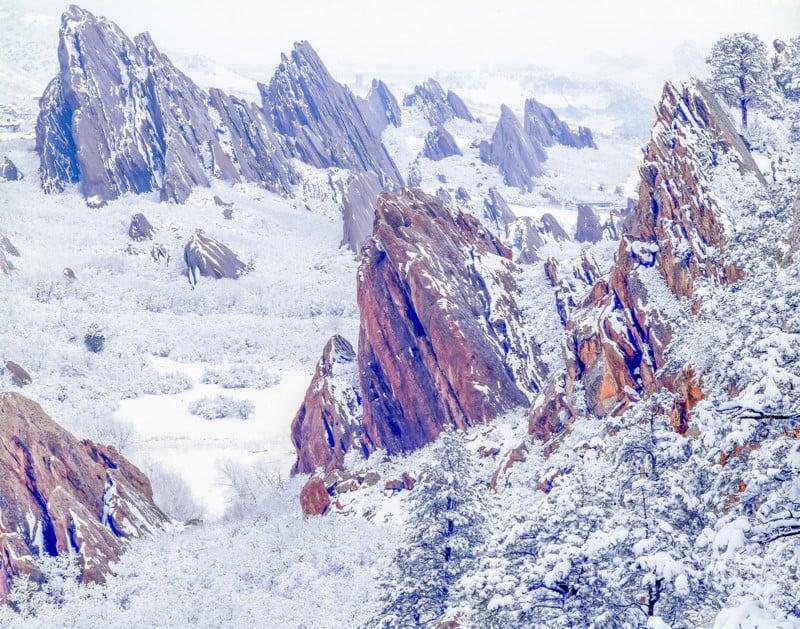
One of the most important landmark laws influenced by his photos includes the Colorado Wilderness Act of 1993, which established 36 federally protected Wilderness areas covering a total of 660,000 acres across the state.
History Colorado will now serve as the steward of his enormous and valuable collection while also making it publicly accessible. The state charitable organization is also digitally cataloging these 5000 photos to make them available for digital download.
Fielder himself seems very happy with this result, having said, “Seeing the same landscapes that I have explored as they appeared decades ago — and through the eyes and lenses of people who shared my passion for Earth — inside History Colorado’s collection has always fascinated me.
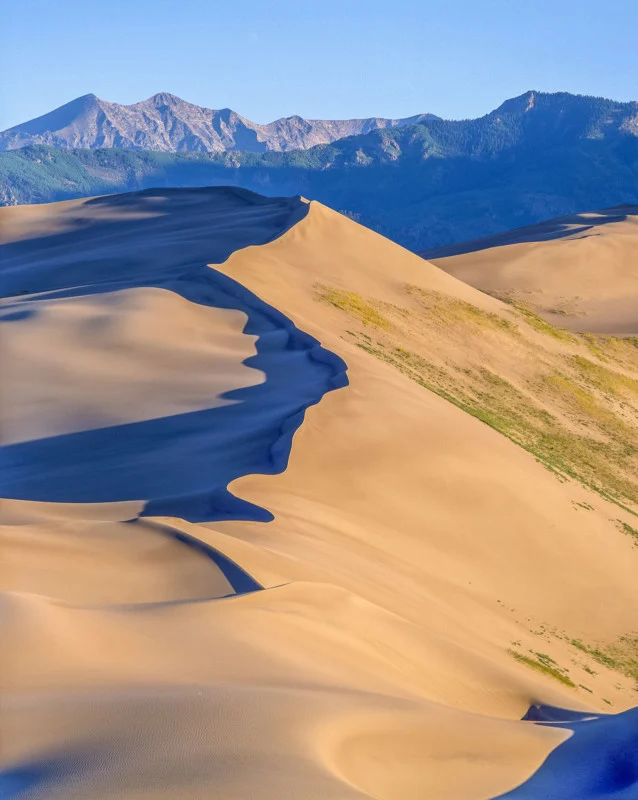
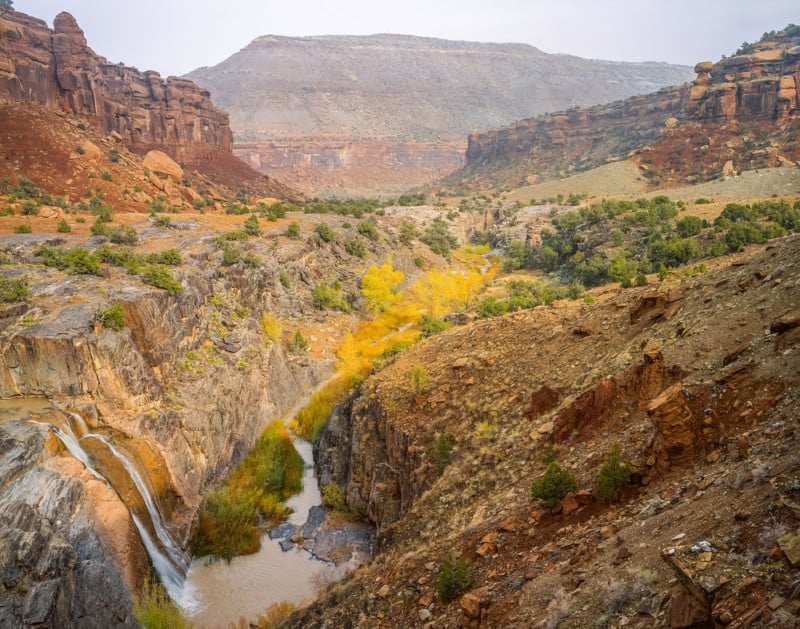
He adds, “Since History Colorado is a leading institution for historic preservation it felt like the natural caretaker for my work.”
Few photographers are likely to achieve the sort of social, legal and political impact that Fielder’s work has in his adopted state, but that doesn’t mean that they can’t also make their own photographic contributions.
If you have a large and specialized body of work covering a particular region, niche, or subject, there are also many options available for donating your own photographers for public use.
One of the most obvious, immediately available choices in a purely digital medium that loves to accept visual donations from the public is Wikimedia Commons.
This part of the same Wikimedia Foundation that owns the world-famous Wikipedia lets submitting photographers tag their own photos for discoverability and use in a huge range of possible content sources.
If you’re a niche photographer who covers a specific and little-photographed subject or place, your work could end up being useful and visible for thousands of public documentary projects and text bodies.
Wikimedia even organizes annual photo competitions in specific categories, with prizes and public announcements of winners. Currently, they’re organizing one around folklore-related photos.
On a local level, your own state, provincial or municipal region might have its own specialized historical preservation societies and non-profits. Depending on your photographic niche, they will likely be glad to accept photo donations if they consider them relevant to their visual aims
For photographers of specific public-interest subjects like animal, insect, or regional flora species, there are also non-profit organizations dedicated to visually cataloging exactly these things. Many of them welcome donations.
These are just two examples, but they demonstrate that photographers don’t need to be celebrated artists in their region or niche to make valuable, possibly recognized non-commercial contributions if they want.
One possible benefit of a donation to public use is that it can also give a photographer’s work a kind of serious exposure that doesn’t require scraping for often minuscule royalty earnings from commercial entities like Getty or Shutterstock.
These companies have been known to not only often offer downright abusive terms for photographer contributions, they also seal them off behind opaque paywalls. Selective donations to recognized nonprofits or institutions for public use will do the opposite.

Check out these 8 essential tools to help you succeed as a professional photographer.
Includes limited-time discounts.





